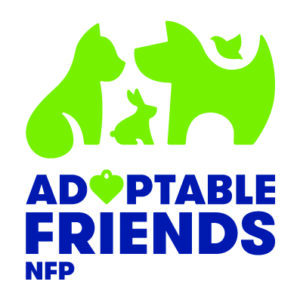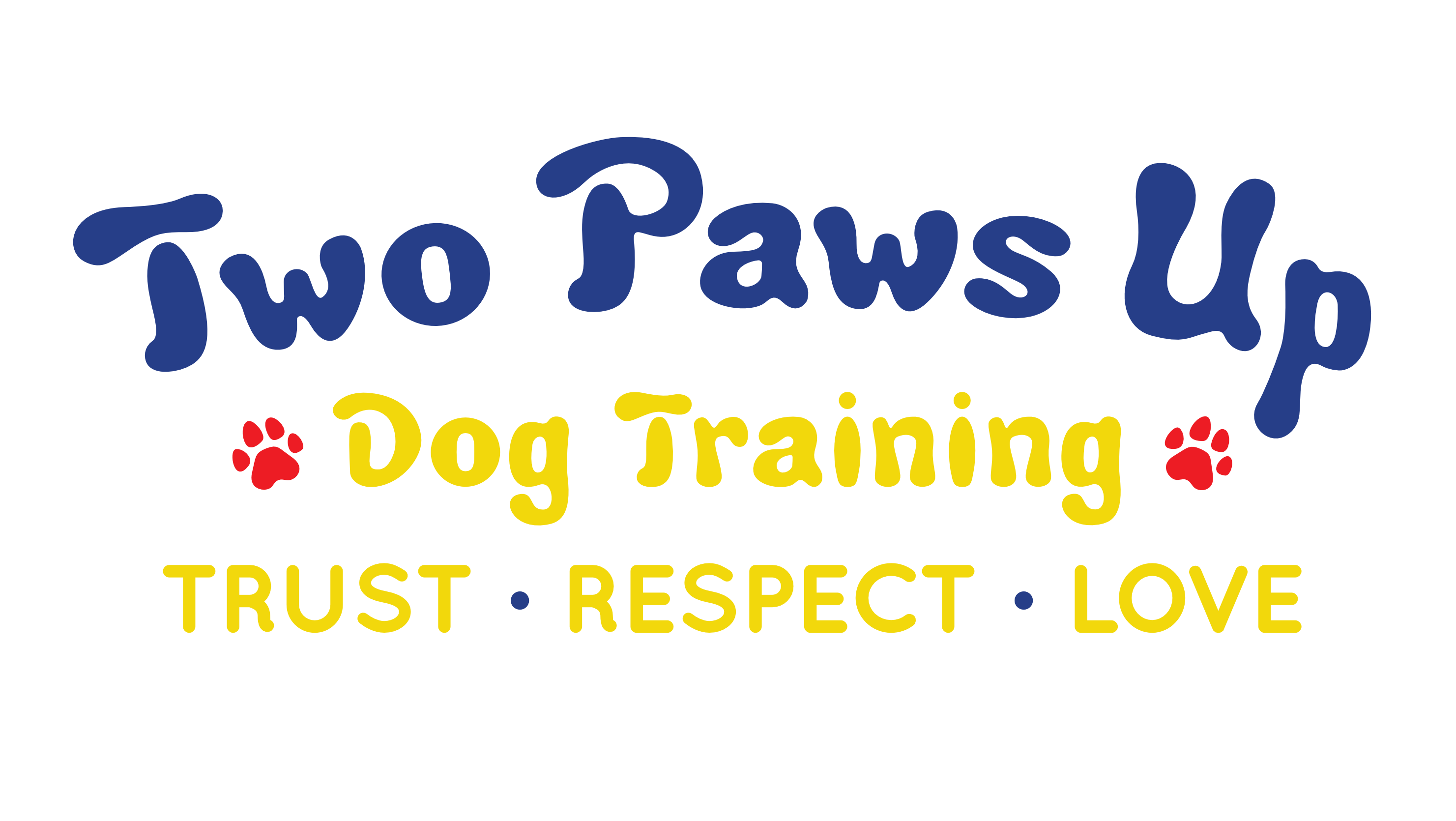 Thank you for considering adoption for your new family member. We want to help you find the perfect addition for your lifestyle. Below you will find some general information on adopting a dog, some behaviors your new dog may exhibit during the transition period and breed specific traits for you to consider. Adoptable Friends staff and volunteers are available to help you choose the right dog for you and your family.
Thank you for considering adoption for your new family member. We want to help you find the perfect addition for your lifestyle. Below you will find some general information on adopting a dog, some behaviors your new dog may exhibit during the transition period and breed specific traits for you to consider. Adoptable Friends staff and volunteers are available to help you choose the right dog for you and your family.
Adopted dogs need time to adjust – Your new addition will need 2-3 weeks without field trips, visitors, or dog parks. We call this the “decompression” period. Transitioning from one place another is very stressful and adopted dogs need time to learn about their new home, new family, and new surroundings before meeting new people or visiting new places.
Adopted dogs need their own space – While you may want to “love” on your new addition, most newly adopted dogs would prefer to have some space of their own. This could be a room, a crate that is off limits to children, or another “safe space.”
Adopted dogs may not have lived indoors or in a suburban environment – “Southern Beaus and Belles” may have lived in rural areas where indoor living meant a porch, garage or a barn. These dogs may need extra time to adjust to many of the sights and sounds we consider normal or don’t even notice.
Adopted dogs may not be used to walking on a leash – Adopted dogs may not have been walked on a leash. This can lead to frustration at not being able to explore, introduce themselves properly to other dogs, or get away from what they consider to be a “scary monster.”
Adopted dogs may have accidents – Some adopted dogs have never been house-trained, while others with previously good house “manners” may have trouble adjusting to a new schedule or new area.
All dogs need positive reinforcement training – Positive reinforcement training teaches dogs to make better choices by rewarding good behavior, while teaching owners to effectively manage. Positive reinforcement teaches the dog WHAT to do, instead of focusing on punishment or corrections. Positive reinforcement training reduces conflict, promotes a trust- based relationship, and is both family and dog friendly.
Training is a LIFESTYLE and dogs are always continually learning!
All dogs need veterinary care – All dogs will need life-long preventative medical care, good nutrition, and vaccinations. Adopting a dog comes with a financial commitment.
Children and dogs need to be supervised at all times – Dogs and children can be a wonderful combination, but any dog can bite if they are frightened, harassed, or subjected to constant unwanted attention.
Dogs communicate through body language. Growling is a form of communication and should not be punished. It is a warning sign that the dog is uncomfortable.
Each dog is an individual but their genetic makeup, in part, influences their behavior. Here are some inherited behavioral traits according to their AKC group.
Herding Group – Herding dogs are smart, active, and need a structured household. Without a “job” they are prone to barking and can be anxious. A busy, noisy household may not be a good fit. Herding dogs generally require a lot of mental and physical exercise. Herding breeds can be aloof with strangers but are typically very devoted to their family.
Hound Group – There are two different types of hound dogs. Scent hounds use their nose to trail game, such as rabbits or fox. Sight hounds are bred to hunt by sight. Hounds typically get along well with other dogs and their people but need quality time spent sniffing and following their nose. Without structured activity their sense of smell can get them in trouble.
Sporting Group – The sporting group are dogs bred to find, flush, and fetch birds. They are busy, affectionate, and require commitment to training for the first two years. Sporting breeds need daily mental and physical exercise (a walk or two just won’t do!)
Working Group – The working breeds are loyal, active, and require structure and an owner committed to training. Working dogs are devoted to their family and may take their “job” of protecting their loved ones, and their home, seriously.
Terrier Group – Terriers are bred for one purpose, to hunt and destroy rodents. Terriers are independent, have a tendency to bark, and may not be a good choice for families with small children.
Toy Group – Toy dogs are bred to be companions. Unfortunately, they are often treated like stuffed animals, which makes them prone to barking, house training challenges, and fear of unfamiliar people. They are smart and many make good companions for a quiet, low key household.
Non-Sporting Group – Due to the variety of breeds in this group it is difficult to make a general observation of temperament or behavior. Some are fun loving and playful, and some are independent and reserved. Some are bred to hunt, while others are bred to guard. Smaller breeds in this group may be prone to the same challenges as toy breeds, while the needs of the larger breeds are similar to those in the sporting group.
Mixed breed dogs can exhibit some, or all of the traits of the breeds that make up their pedigree.
About “non-shedding” breeds – Breeds that do not shed require grooming every 6-8 weeks to keep their coat and skin healthy. Some may require daily grooming at home to maintain a coat without matting.
About “Doodles” and other poodle mixes – Poodles are active, intelligent, and like to have fun. Two typical traits with anything poodle are barking and bouncing. Not all poodle mixes are non-shedding.
Brenda Belmonte, Certified Professional Dog Trainer
